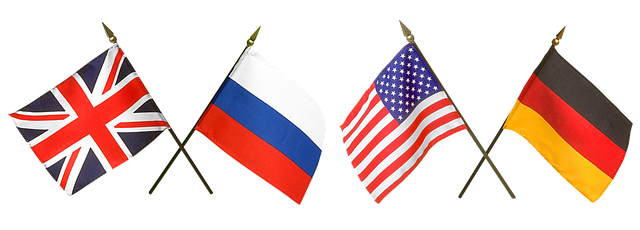The Italian American flag, a symbol of heritage since the late 19th century, has evolved into a powerful outdoor banner representing cultural resilience. High-quality flags, featuring national colors and historical heraldry, are vital for Italian heritage events, fostering pride, tradition, and education. Strategically displaying these flags indoors and outdoors creates an immersive experience, connecting attendees to Italy's rich history. Best practices for public displays honor the flag's significance, with custom-printed banners enhancing festivals, parades, and cultural gatherings.
Discover the significance of the Italian American Flag and its role in cultural events. This guide explores the rich history and symbolism behind this iconic symbol, highlighting its importance in Italian-themed gatherings. We delve into the quality factors essential for successful Italian events, offering a comprehensive overview for event planners. Learn how to incorporate traditional elements effectively and best practices for displaying the Italian American Flag at public meetings, ensuring a vibrant and respectful celebration of Italian culture.
- Understanding Italian American Flags: History and Symbolism
- The Role of Quality in Cultural Events: An Overview
- Identifying Key Elements for Successful Italian Events
- Incorporating Traditional Symbols: A Guide for Event Planners
- Best Practices for Displaying Italian American Flags at Public Gatherings
Understanding Italian American Flags: History and Symbolism
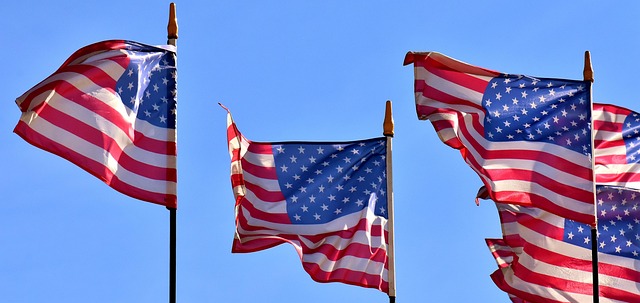
The Italian American flag, a vibrant symbol of heritage and pride, has evolved over time to represent the unique identity of Italian-Americans. This flag is more than just a colorful design; it carries deep historical and cultural significance. At its core, the flag serves as a powerful reminder of the struggles and triumphs of Italian immigrants who sought a better life in America.
The history of the Italian American flag dates back to the late 19th century when Italian immigrants began to establish themselves in significant numbers across the United States. Initially, various organizations and communities created their own flags to celebrate their heritage. These early versions often incorporated elements like the colors green, white, and red—a nod to the Italian tricolore—along with symbols such as wheat sheaves or olive branches, reflecting agricultural aspects of Italian culture. Over time, these designs evolved into more standardized flags, eventually leading to the widely recognized Italian American flag we see today. The durable construction of outdoor Italian American banners ensures that this symbol continues to be proudly displayed in communities across the nation, showcasing a rich tapestry of creativity and cultural resilience.
The Role of Quality in Cultural Events: An Overview
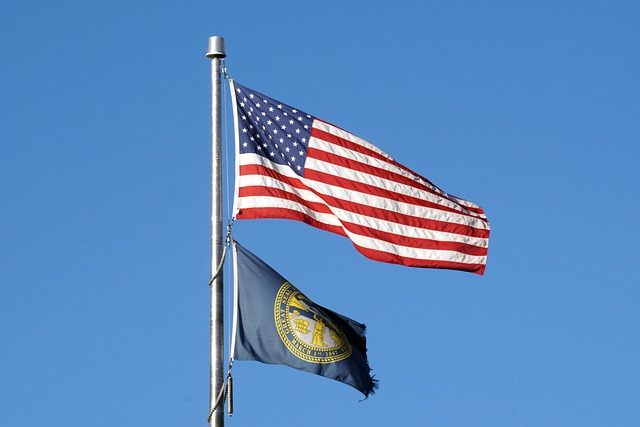
In the vibrant landscape of cultural events, particularly those celebrating Italian heritage, the role of quality is paramount. Quality flags, adorned with top-quality Italian banners that proudly display the national colors and historical standards of heraldry, serve as symbolic testaments to the rich tapestry of Italian American culture. These outdoor Italian American banners are more than mere decorations; they foster a sense of community, enhance national pride, and preserve traditions for future generations.
When organizing or attending Italian events, prioritizing quality ensures that the experience resonates authentically with the spirit and soul of Italy. Top-tier Italian flags, meticulously crafted to meet historical Italian American standards, not only beautify venues but also educate and inspire participants. They are a visible representation of the dedication and passion that go into preserving cultural heritage, creating an immersive atmosphere that connects folks to their roots or allows them to appreciate these traditions for the first time.
Identifying Key Elements for Successful Italian Events
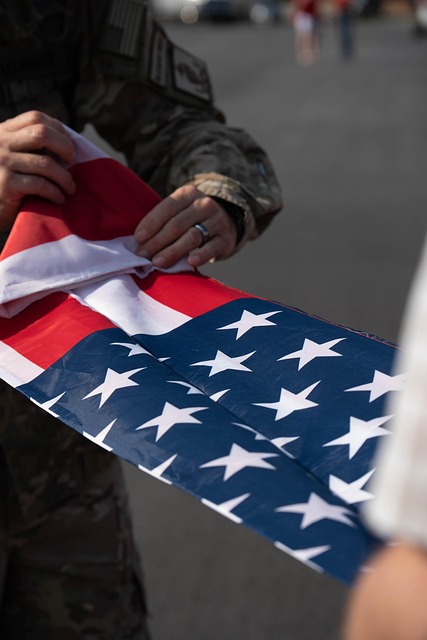
Identifying Key Elements for Successful Italian Events
When it comes to planning and hosting Italian events, whether they’re cultural celebrations or community gatherings, paying attention to quality flags is essential. The Italian American flag, with its vibrant colors and symbolism, serves not only as an emblem of Italian roots but also as a beacon that unifies communities and evokes a sense of belonging. For event organizers, understanding the history and significance behind this iconic symbol is crucial. It’s about more than just flying a piece of cloth; it represents a rich cultural heritage and a testament to the enduring spirit of Italy within its diaspora.
Focusing on high-quality flags, be they hand-sewn or custom-made, ensures that these symbols are representative of authentic Italian culture. Collectible Italian American emblems, with their meticulous craftsmanship and attention to detail, can elevate any event, adding a touch of sophistication and pride. Incorporating these elements seamlessly into the event’s decor and activities not only enhances the overall experience but also fosters a deeper connection to one’s Italian heritage for attendees.
Incorporating Traditional Symbols: A Guide for Event Planners
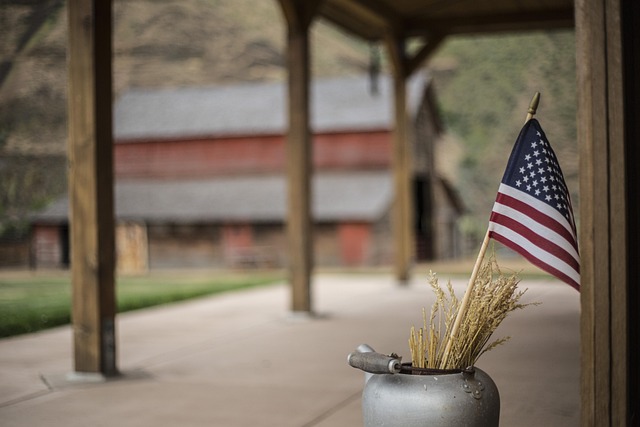
Incorporating traditional symbols is an art for event planners aiming to capture the essence of Italy in their celebrations. The Italian American flag, with its vibrant red, white, and green hues, serves as a powerful visual representation of heritage and culture. When planning events, especially those themed around Italian cuisine or traditions, event organizers can enhance the ambiance by strategically displaying these flags. This could involve hanging indoor Italian flags to create a welcoming atmosphere or showcasing unique Italian American symbols that resonate with attendees.
By integrating traditional elements like flag variations featuring regional designs or cultural motifs, planners can offer guests a glimpse into Italy’s rich history and diverse regions. These visually appealing additions not only elevate the overall event aesthetic but also foster a sense of connection to the host country’s heritage among participants, making the occasion truly memorable.
Best Practices for Displaying Italian American Flags at Public Gatherings
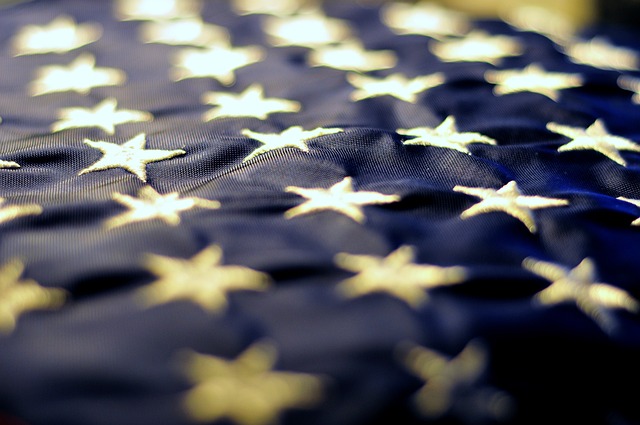
When displaying the Italian American flag at public gatherings, it’s essential to uphold best practices that honor its significance and meaning. The Italian American flag is more than just a piece of fabric; it represents a rich heritage and a vibrant community. Therefore, proper display respects the history and values it symbolizes. For indoor events, ensure the flag is hung in a prominent yet respectful location, avoiding direct sunlight or artificial lights that may cast shadows on the flag. When used outdoors, a pole at least 30 feet (9 meters) high is ideal, with the flag flown at half-staff to honor national mourning periods or as a mark of respect.
For a truly representative Italian American heritage celebration, consider custom printing heritage flag designs that incorporate traditional colors and symbols meaningful to the community. These representative Italian American banners can add a powerful visual element to events, creating an immersive atmosphere that resonates with attendees. Whether flown at festivals, parades, or cultural gatherings, these flags should be treated with care and displayed in a way that allows everyone to appreciate their beauty and significance, fostering a deeper connection to Italy’s rich legacy within the American context.
The Italian American flag holds immense cultural significance, serving as a powerful symbol of heritage and identity. By understanding its history and symbolism, event planners can effectively incorporate this iconic banner into their productions, enhancing the overall quality and authenticity of Italian-themed events. Through proper display and thoughtful integration of traditional elements, these gatherings become vibrant testaments to the rich culture and history of Italy, leaving attendees with memorable experiences that resonate long after the event concludes.
